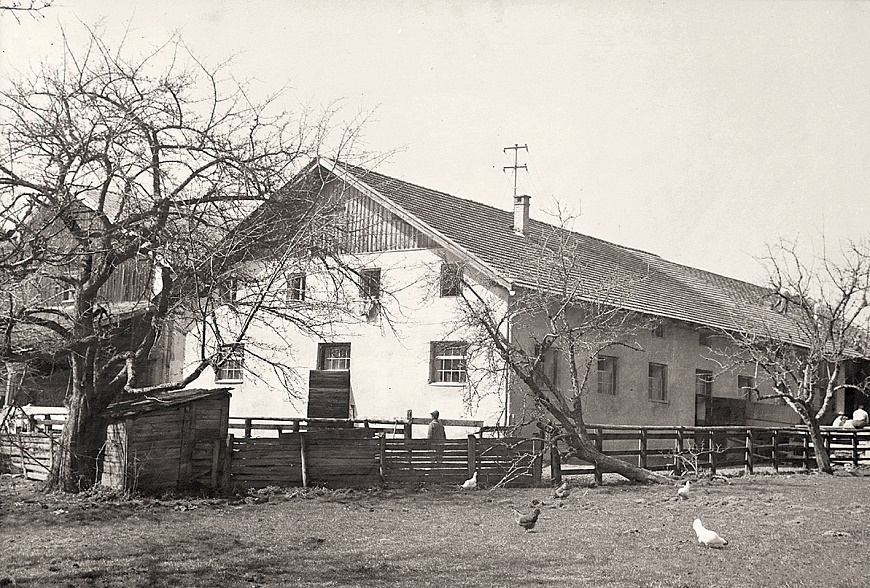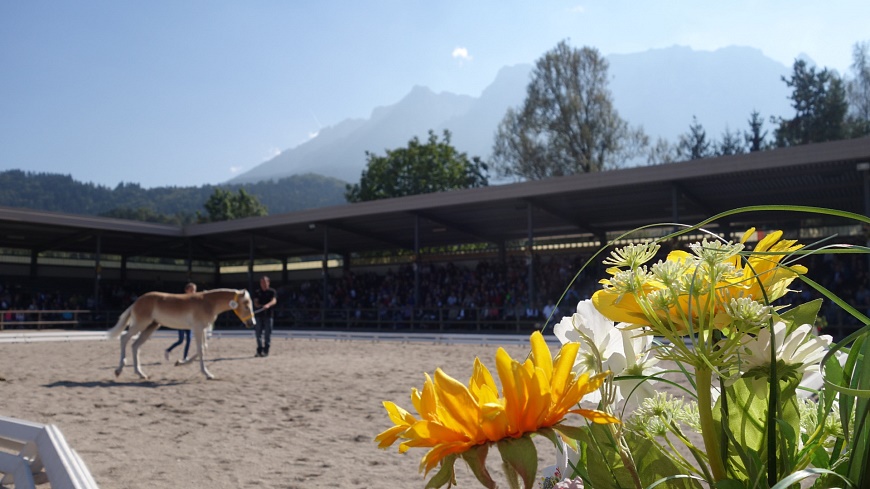A beautiful Baroque Church and its interesting history:

Land & Leute
A beautiful Baroque Church and its interesting history:We know from late medieval books the existence of a small "mountain horse breed" south of the Alps. They were referring to a light “riding and carriage horse” closely related to the "oriental horse".
So how did this oriental blood find its way to the South Tyrolean mountains? Asian peoples invading Europe left behind horses. The Tyrolean nobility also brought them back home from the Turkish wars and crusades.
This small, very noble horse was ideally suited for the impassable narrow mountain paths. It therefore served primarily as a pack horse to supply remote hamlets and farms with food from the valley and for trading purposes with the towns.
Today we know that the Haflinger breed originated in Schluderns, South Tyrol in 1874: by giving birth of the stallion “249 FOLIE” from a mountain horse mare and an Arab stallion The 7 existing bloodlines can be traced back all over the world to this first stallion born in South Tyrol. It’s therefore not surprising that the Haflinger horse has its name from the small town "Hafling" near Meran.
Over the course of its history, however, the use of the Haflinger changed. It increasingly served as a workhorse: such as carrying heavy loads, working in the woods in winter, field work in summer or for military purposes. The Haflingers’ properties such as good nature, surefootedness, quite willing to work and ambitious were indispensable for this sort of work.
With the introduction of technology after the Second World War, the Haflinger was less and less needed as a workhorse. Therefore, the Haflinger needed new areas of usage which were soon found in the emerging leisure behavior: riding and team driving became increasingly popular. The Haflinger was thus converted into a universally deployable sport and leisure horse. With its gentle character and the even temperament, the Haflinger is an ideal family horse and fully in tune with the spirit of the time.
To realize the new breeding goal a suitable stud was needed, which was found with castle Wagrain in Ebbs in 1947. Truly a noble estate for these elegant horses! In 1959, the Tyrolean Haflinger Breeding Association bought parts of the castle which had previously been leased. Gradually, the facilities for horse breeding were expanded. Today parts of the original stables are still in use.

In this context it should be mentioned that “Schloss Wagrain” had numerous owners and tenants in its 700-years of history. Until the end of the 1950s, the estate was also run as an agricultural business. In the early 1960s even as a hotel. The last tenant, however, wasn’t good in financial matters, went bankrupt, fled abroad and the disappointed creditors plundered the castle. Since 1971 it is privately owned.
This restructuring contributed to the success of the Fohlenhof which became the leading world centre for Haflinger breeding. Today the horses are sold from this stud to over 70 countries. It’s not without reason that the Fohlenhof is called the "Mecca of the Haflinger breeders".

Ladies and Gentlemen, I hope I was able to satisfy your curiosity and you find the Haflinger story and thus the Fohlenhof stud as interesting as I do. See for yourself and visit the stud or the next Haflinger World Show, taking place in May 2020!

0 Comment (s)
More comments